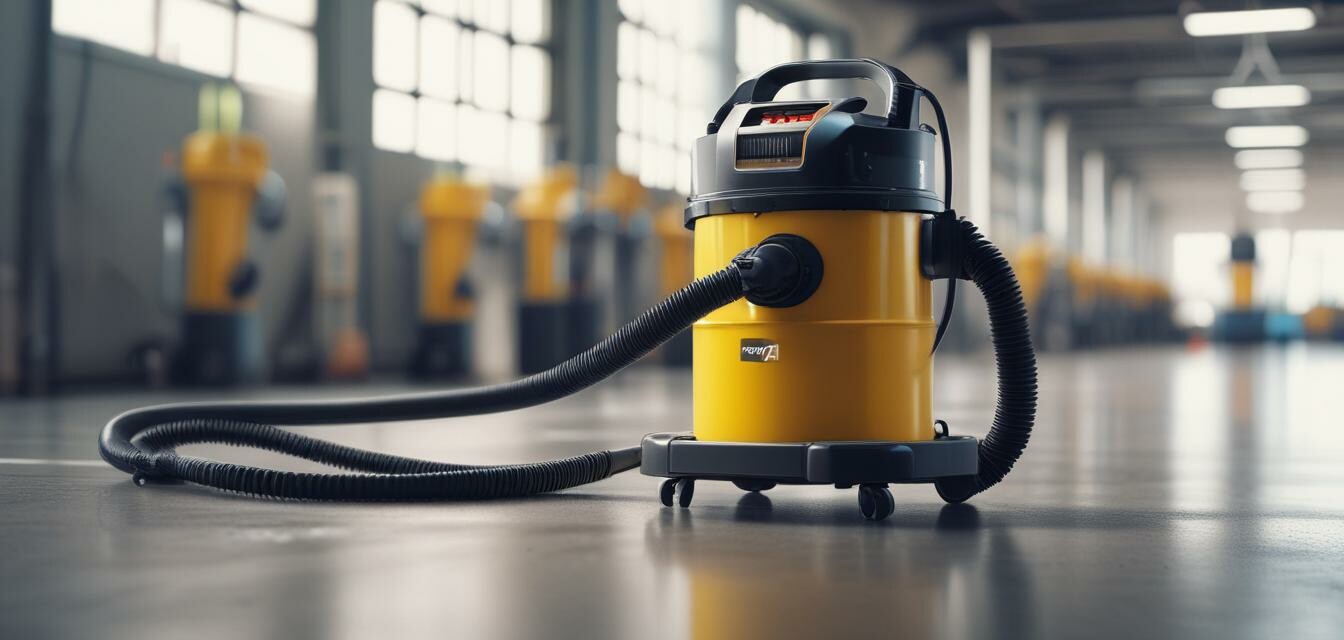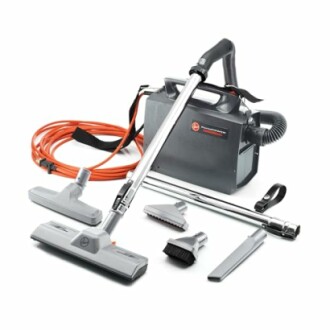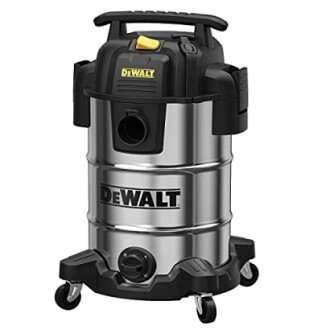
This article was generated using AI and is based on real customer reviews from the Amazon platform. It contains affiliate links, meaning we may earn a commission—at no extra cost to you. As Amazon Associates, we earn from qualifying purchases.
Key Techniques for Using a Vacuum in Industrial Settings
Key Takeaways
- Understanding different types of industrial vacuums is crucial for optimal performance.
- Maintaining and regularly servicing your vacuum ensures longevity and effectiveness.
- Using the right attachments can dramatically improve cleaning efficiency in various situations.
- Familiarization with safety protocols is essential to prevent workplace accidents.
Industrial settings require specialized cleaning equipment to handle the tough demands of heavy-duty cleaning tasks. Understanding how to effectively use industrial vacuums can enhance your cleaning operations, ensuring you maintain a clean and safe workspace. In this article, we’ll discuss key techniques that will help you optimize the use of your vacuum in various industrial environments.
Understanding Different Types of Industrial Vacuums
Not all industrial vacuums are created equal. Here are the main types you should be aware of:
| Type | Best For | Key Features |
|---|---|---|
| Wet/Dry Vacuums | Versatile cleaning tasks involving both liquid and solid debris. | Powerful suction, multiple attachments, large tanks. |
| Carpet Extractors | Deep cleaning carpets and upholstery. | Specialized for stain removal, built-in heater for hot water cleaning. |
| Industrial Canister Vacuums | Large areas with diverse debris types. | Lightweight, portable, includes multiple cleaning tools. |
| Industrial Floor Scrubbers | Hard floors requiring thorough cleaning. | Automated cleaning paths, detergent dispensers, recovery tanks. |
Choosing the Right Vacuum for the Task
Selecting the right vacuum for your specific cleaning task is critical. For instance:
- For wet spills, consider a wet/dry vacuum.
- For detailed carpet maintenance, a carpet extractor is ideal.
- A powerful canister vacuum can handle everyday debris efficiently.
Techniques for Optimal Vacuum Usage
1. Regular Maintenance
Keeping your vacuum in prime condition is key to performance. Regular maintenance tips include:
- Clean or replace filters according to the manufacturer's instructions.
- Check hoses and attachments for blockages.
- Inspect cords for wear and tear; replace if necessary.
2. Utilizing the Right Attachments
The right attachments can enhance your cleaning capabilities:
- Use a crevice tool for tight corners.
- A dusting brush is great for delicate surfaces.
- A wide nozzle helps cover more area quickly on hardwood floors.
3. Implementing Safety Protocols
Safety should always be a priority when operating industrial vacuums:
- Ensure all users are trained on the vacuum's operation.
- Always wear appropriate PPE (Personal Protective Equipment) while cleaning.
- Keep work areas clear of hazards while vacuuming.
Additional Resources
For further reading on industrial cleaning equipment, check out our articles on:
- Industrial Carpet Cleaners
- Wet-Dry Vacuums
- Commercial Floor Scrubbers
- Heavy Duty Cleaning Accessories
- Floor Buffers and Polishers
Featured Products
Hoover Commercial PortaPower Lightweight Bagged Canister Vacuum Cleaner
A portable solution for above-floor cleaning, ideal for various surfaces including upholstery and carpets.
Learn MoreDEWALT DXV08S 8 Gallon Wet/Dry Vacuum
This powerful vacuum offers exceptional suction and versatile cleaning options for industrial tasks.
Learn MoreConclusion
Using industrial vacuums effectively goes beyond just turning them on. Understanding your equipment, implementing regular maintenance, and following safety protocols ensures you achieve optimal cleaning results without compromising safety. By adopting the techniques discussed in this article, you can improve your cleaning strategy and maintain a tidy workplace.

